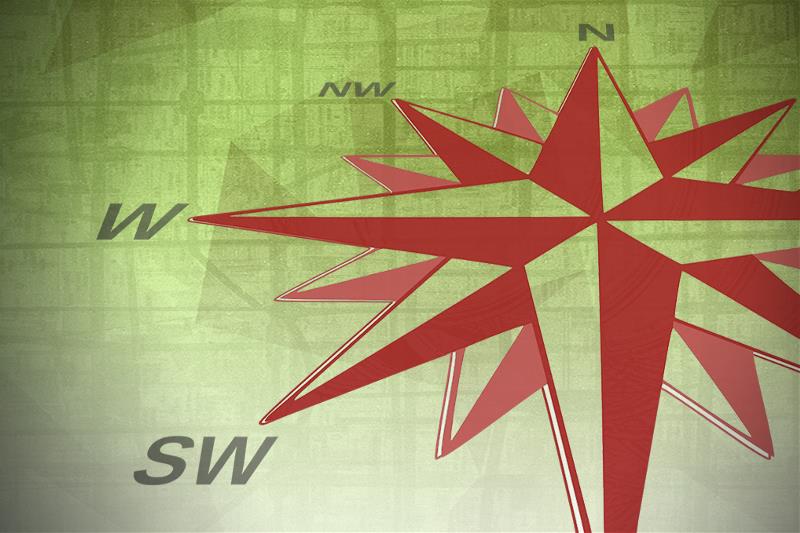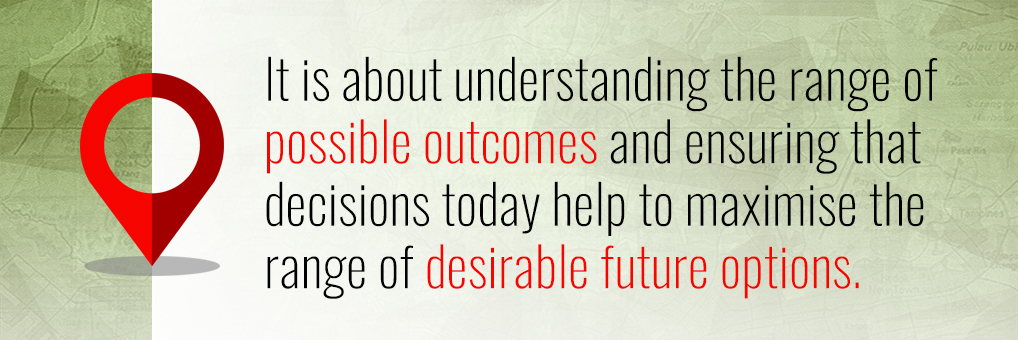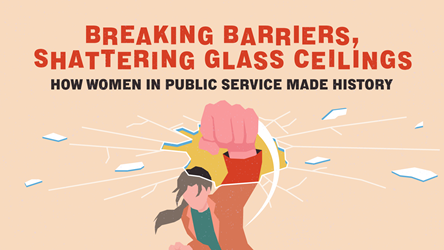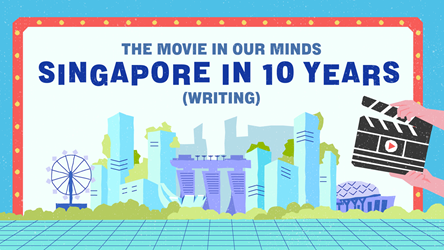From Maps to Metaphors (Part 2)

Complex Cartography
We need to jettison the comforting but false idea that there can be a single map of the future. By definition, there can only be multiple futures – a dizzying array of permutations and combinations. Some of these could be more likely, plausible or desired than others, but even if we winnow down the possibilities to these, we could be left with a large number of potential futures to consider.
The metaphor of multiple futures underscores the reality, as the PMO Strategy Group, MTI Futures Group and other practitioners of strategic foresight well know, that attempts to predict the future are exercises in futility. Governing a world that doesn’t yet exist can only be done if we anticipate different possibilities now – including those that make us uncomfortable or prick at our prior assumptions, beliefs and biases about the world – and prepare for them. This preparation is not about slavish rehearsals or developing Standard Operating Procedures that must be followed to a “t” if a particular eventuality materialises. Rather, it is about understanding the range of possible outcomes and ensuring that decisions today help to maximise the range of desirable future options.
This is the principle at the heart of military wargames and contingency planning in internal security, like Singapore’s public exercises to prepare for pandemic outbreaks. Carried out well, these provide important lessons for organisations. Sadly, as examples across the world show, their actual practice can sometimes be unfortunately rigid and inimical to the larger aim of building anticipatory capacity.

From Fortress to Ecosystem
Policymakers would benefit from viewing the world they govern as a dynamic ecosystem, constantly evolving in response to external stimuli. Ecosystems are different from fortresses – which, while large and powerful, can be rigid and resistant to change. The fundamental metaphor here is that government and governance are more similar to ecology, with its untidy webs of overlapping relationships, than to static engineering.
This metaphor frees policymakers from an artificial reliance on simple maps – because ecosystems are intrinsically unmap-pable, given their dynamism and perennial evolution. It also serves several other useful purposes, including highlighting
- the living and breathing nature of both governing and governed agents, with life narratives and varied human needs that need to be met, even as governments endeavour to be fair and even-handed in policy formulation and delivery;
- the interdependencies among the different parts of the ecosystem, with all the possibilities this brings of feedback loops and reinforcing cycles (whether vicious or virtuous);
- the need for practitioners of governance to be alert to the changes in their ecosystem, and be willing to adjust earlier decisions in light of emergent information.
The regular iteration of Singapore’s pro-fertility measures is a useful case in point, given that the key players (parents and employers, among others) are part of complex ecosystems, each with human concerns, fears and aspirations that may not be fully reflected in more mechanistic metaphors.
- POSTED ON
Jul 2, 2016
- TEXT BY
Aaron Maniam









